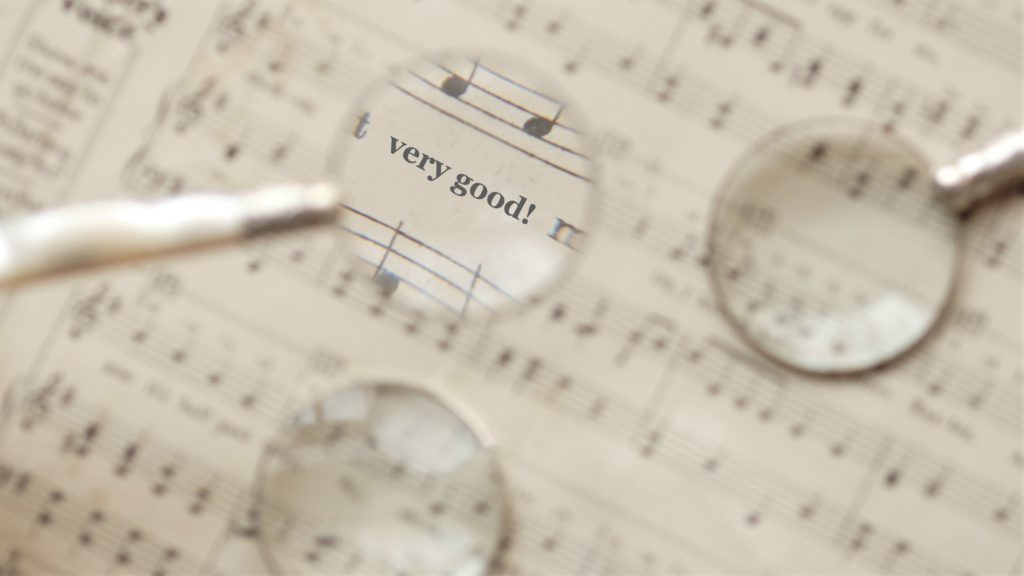
Sight-reading is the act of reading music that you have never seen or heard before. Learning to sight-read improves your overall musicianship skills and benefits your ears, rhythm, and overall musical understanding. To start sight-reading music you will first need to have a general understanding of your instrument including sound production, fingerings, and technique. A basic understanding of music theory will also help you when you are looking at unfamiliar note order, rhythms, key signatures, dynamics, tempo markings, etc. Once you have learned these basics, you will be ready to start sight-reading. These tips will help you become a better sight-reader and musician!
Look Before You Play
When you are given a piece of music to sight-read, you want to fully examine the piece of music before you begin playing. If you begin playing without first examining the music, you will be more likely to make mistakes!
Before sight-reading the piece, check for the following:
- Key Signature
- Time Signature
- Repeating Rhythms
- Tricky Rhythms
- Tempo and Dynamic Markings
Practice Often
Just like any other skill, the only way to become a better sight-reader is to practice doing it often. A simple goal to encourage growth in your reading is to practice sight-reading one song per day! By approaching sight reading in this slow and steady manner, you will start to build a strong foundation that will continue growing over time. To enrich your sight-reading practice, sight-read with friends! Sight-reading duets with a friend is a great way to keep each other accountable for practicing and playing the music as written, and it’s FUN! Even if you can’t see your friends in person right now, try scheduling a video call where you can both sight-read together.
Do Not Stop, Keep Going!
When you are sight-reading a piece of music, it is important to commit to playing the piece straight through without doubling back to practice a section. If you do stop and restart you are no longer practicing your sight-reading, you are practicing the piece of music! This distinction is of utmost importance! Preparing a piece for performance requires the musician to zoom in on each section of a piece in detail, correcting mistakes one at a time. Practicing our sight-reading asks us to leave any mistakes behind as we make them, pressing onward to the end of the piece. Sight-reading and prepping for performance are two very different processes.
Sound it Out
It is important to try to hear a piece of music before you jump into it. Try to envision yourself playing the song. How fast or slow are you going to play the piece? Is the song a lyrical etude or technical study? Once you have sorted through these questions, sound the piece out. Try quietly humming the song to yourself. This gives you a good outline to fill in while you sight-read the piece on your instrument.
Sight-reading can be fun but takes practice. These tips will put you ahead of the curve and help to jump start your journey into the world of sight-reading!